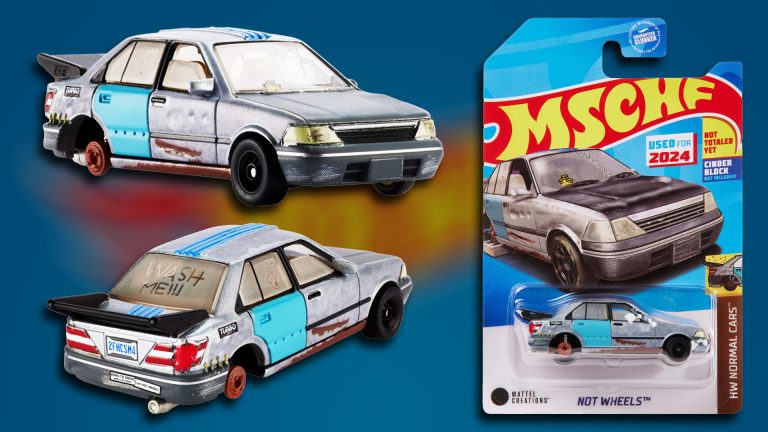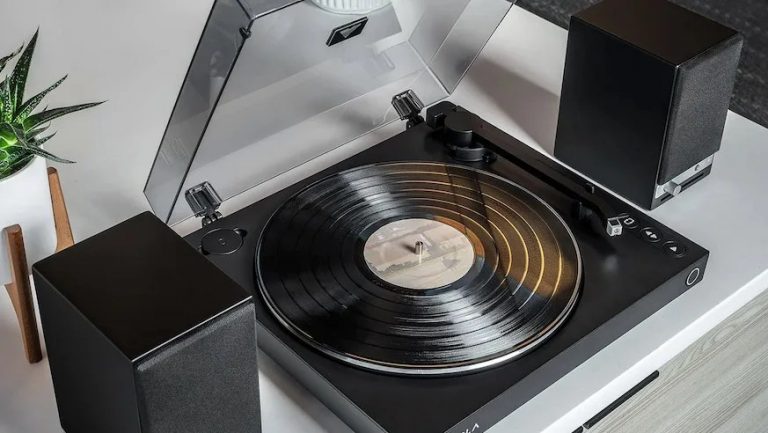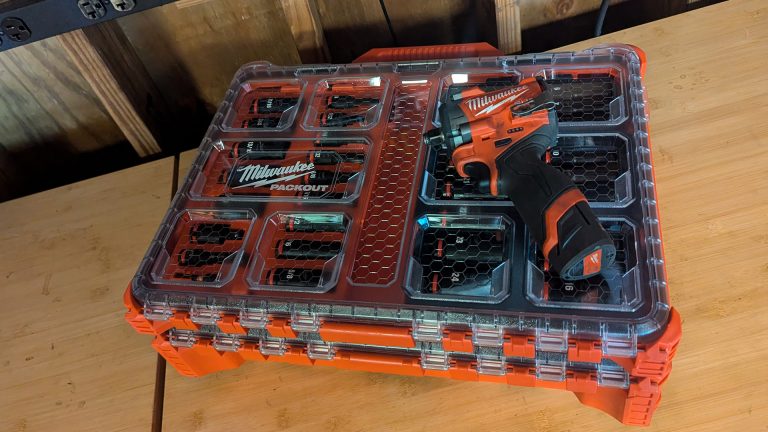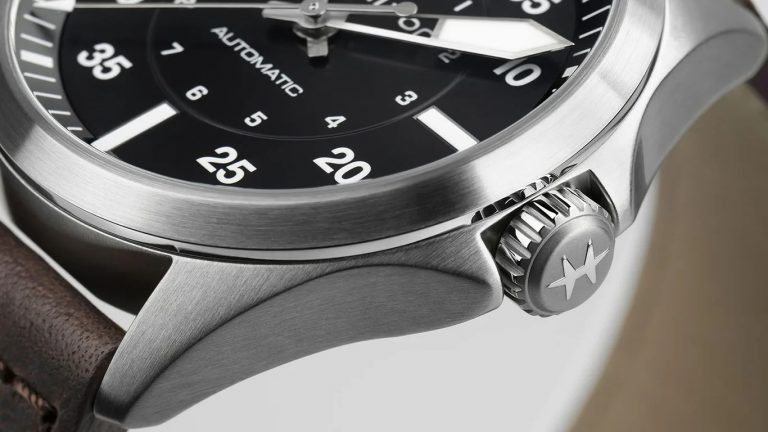52 Watch Terms Every Enthusiast Should Know
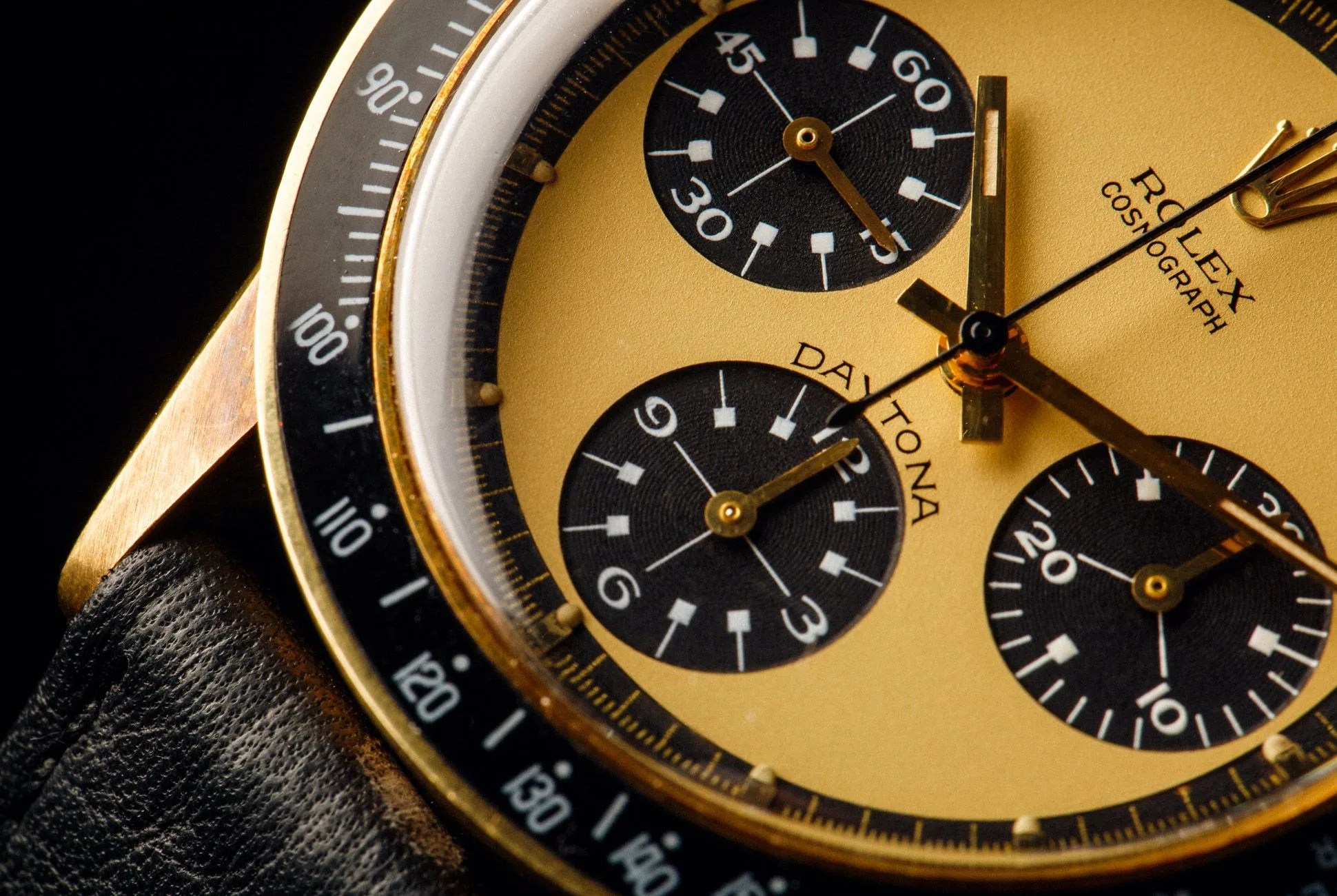
Like cars and computers, the terminology behind watches is almost as complicated as the mechanics that drive them.
Diehard watch nerds throw around familiar terms like “caliber,” “frequency” and “complication,” with little regard for an outsider’s knowledge of what they mean. They also spout slang and simple jargon that means a lot (“in-house”) and intimidating terms that are actually simple.
For the timekeeping newbie, a glossary can help cut the confusion. Consider this your reference point.
1. Automatic
A mechanical watch that is wound by the motion of the wearer’s wrist, rather than by twisting the crown. The motion of the wrist moves a counterweight (called a rotor) that then powers the mainspring, which turns the watch’s gears.
2. Balance Wheel
A weighted wheel that oscillates at a constant rate (usually one oscillation per fraction of a second), moving the watch’s gears and allowing the hands to move forward
3. Balance Spring
A delicate spring (often made from metal but sometimes silicon) attached to the balance wheel that regulates the rate at which a balance wheel oscillates. The balance spring is also often referred to as a hairspring.
4. Barrel
The cylindrical, enclosed apparatus with geared teeth that contains the mainspring, thus houses the watch’s power reserve. A watch’s power reserve can be expanded by adding additional barrels.
5. Bezel
A metal (though occasionally other material) ring that surrounds the watch crystal. Often bezels rotate on watches (usually on dive watches) and contain a scale for time or other measurements; some remain stationary or do not have a scale.
6. Bridge
A plate or bar that is mounted to the mainplate, forming a frame that houses the inner workings of a mechanical watch.
7. Caliber
A synonym for movement, most often used when a manufacturer is denoting a specific model name for a movement.
8. Case Back
The reverse side of a watch case that can be removed to access the inside of the watch.
9. Chronograph
A type of watch that features an additional stopwatch function in addition to the main time. A chronograph can be either quartz or mechanical (or a hybrid of the two) and is activated via a set of pushers protruding from the side of the case.
10. Chronometer
A watch that has been independently tested by the Official Swiss Chronometer Testing Institute (COSC) in Switzerland (or any other official governing body in other countries).
In the case of the former, watches are tested over the course several days in six different positions at three different temperatures, while remaining accurate to within -4/+6 seconds per day for mechanical watches and ±0.07 per day for quartz watches.
Source: www.gearpatrol.com

